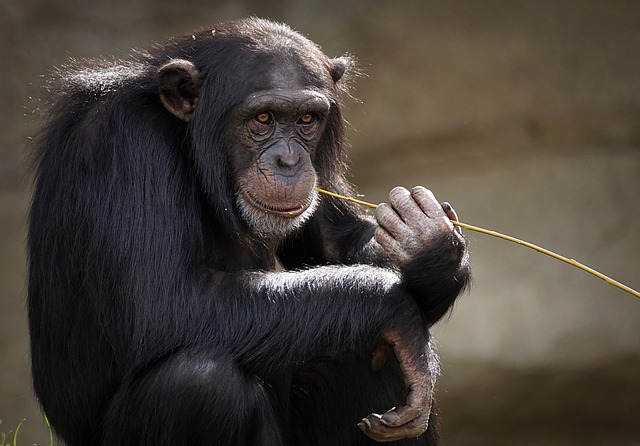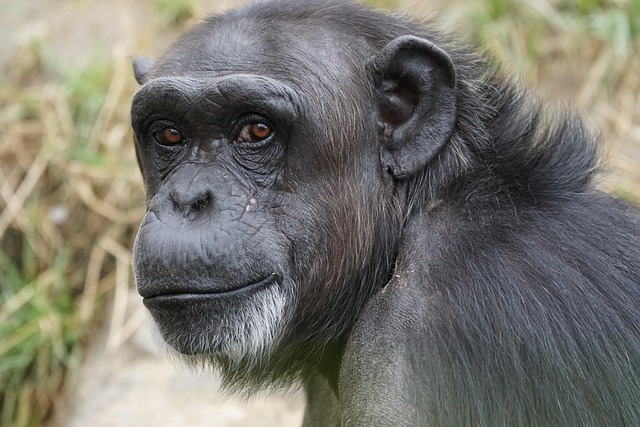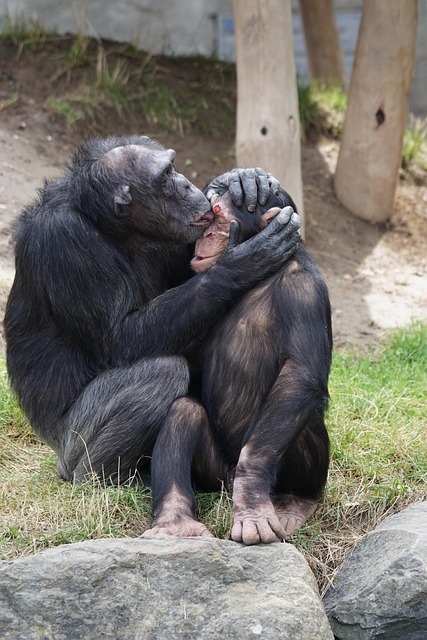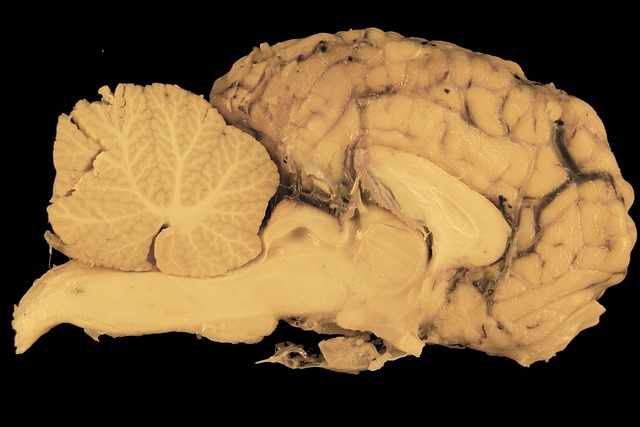We share around 98.8 per cent of our DNA with chimpanzees — our closest living relatives. Yet, despite this near-identical genetic code, only humans have built sprawling cities, developed science and technology, or mastered the latest dance trends on TikTok.
Neuroscientists may now be closer to answering that enduring question. A recent study published in JNeurosci has re-examined brain data from humans, chimpanzees, and macaques — another well-studied species of primate — to uncover the structural distinctions behind our cognitive edge.
“We wanted to understand what makes different brains function the way they do,” explained Professor Rogier Mars, a neuroscientist at the University of Oxford and co-author of the study, in an interview with BBC Science Focus. “Naturally, the human brain was of particular interest.”
Traditionally, comparisons between human and animal brains have centred on physical attributes — such as overall size, the volume of specific regions, or the number of neurons. But according to Mars, that approach can only reveal so much. “To truly grasp what’s going on, you need to look at how the brain is organised,” he said.
++ Shy yellow boxfish and banded pipefish filmed exploring reef together
To do just that, Mars and his team used publicly available MRI data — the same type of imaging commonly used in hospitals — to generate “connectivity blueprints” for the three primate species. These blueprints show how different regions of the brain interact and communicate with one another.
While the prefrontal cortex — the brain’s so-called “personality centre” — was expected to show stark differences, given its known role in decision-making, social behaviour, and emotional regulation, the findings offered a more nuanced picture. “We did find more connectivity in the prefrontal cortex,” Mars noted. “But what surprised us was the extent of differences in the temporal cortex — located just above your ear.”
The temporal cortex is integral to processing sensory information, particularly visual and auditory signals, as well as language. The study revealed that in humans, this region is far more interconnected with the rest of the brain than in either chimpanzees or macaques.
Given the cooperative and communicative nature of human societies, it makes sense that these sensory and linguistic regions have evolved to be more intricately wired. This increased connectivity may support the complex social dynamics and cultural behaviours unique to our species.
++ Herpes virus rapidly reprogrammes human DNA within an hour
Ultimately, the study challenges the idea that there is a single neural “switch” that makes us human. While some theories suggest a defining evolutionary leap, the evidence points instead to a series of gradual but wide-ranging changes across the brain. “We’re not looking at one radical transformation,” Mars emphasised. “It’s a network of small differences that have collectively made the human brain what it is.”





